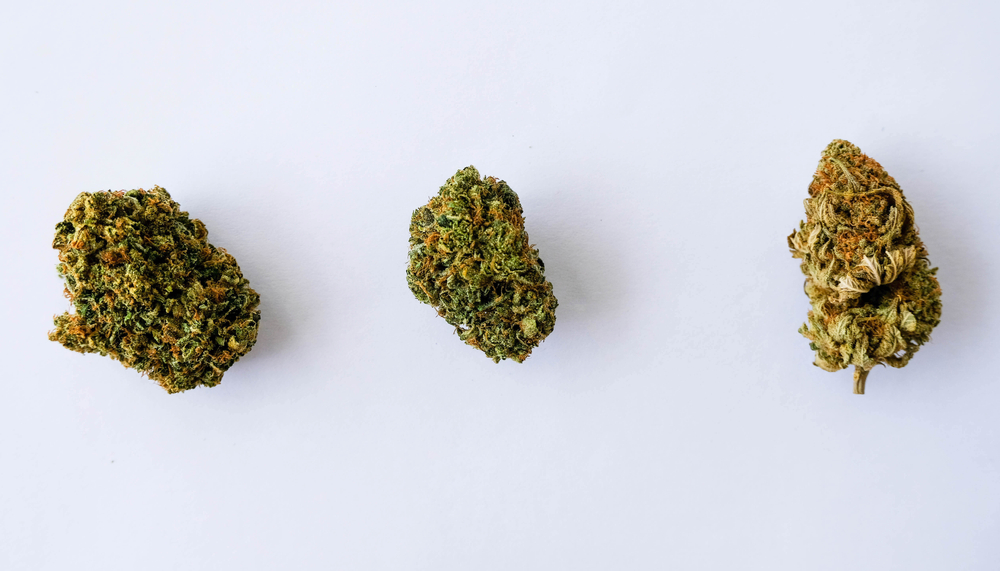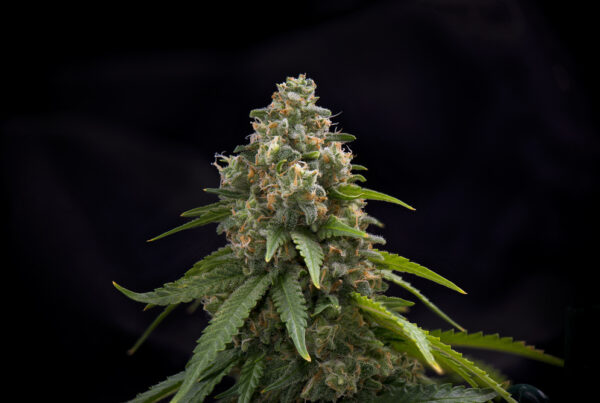For centuries, cannabis has been used for various purposes. Having gained recognition for its recreational and medicinal value, cannabis has moved to take center stage as a natural medicine.
As the legalization of cannabis continues to expand, there is a growing interest in understanding the strains available and their specific effects. In this blog, we discuss various types of cannabis strains and how they can produce distinct outcomes.
Understanding Cannabis Strains
Cannabis strains refer to variations or subspecies of the cannabis plant. Each strain possesses a combination of cannabinoids, terpenes, and other compounds that contribute to its impact on both the body and mind.
1. Sativa Strains
Sativa strains are renowned for their uplifting and energizing qualities. They often contain higher levels of THC, responsible for the euphoric sensation commonly associated with cannabis use. Individuals seeking creativity focus or an uplifting experience often gravitate towards Sativa strains.
Some enthusiasts even claim that these strains enhance their productivity.
2. Indica Strains
Indica strains are typically associated with relaxation and sedation effects.
These varieties tend to have higher levels of CBD (cannabidiol), which is believed to possess calming properties. Indica strains are popular among individuals looking for pain relief, anxiety, insomnia, or muscle spasms.
3. Hybrid Strains
Hybrid strains are a combination of sativa and indica strains. These blends aim to incorporate the qualities of both types while minimizing side effects such as anxiety or paranoia that can occur with high THC levels found in pure sativa or indica strains.
Effects of Different Cannabis Strains
Besides the characteristics of sativa or indica, each strain can have its unique effects due to variations in cannabinoid ratios and terpene profiles.
1. Pain Relief
Certain Indica-dominant strains with higher CBD content may offer effective pain relief without causing drowsiness.
Sativa-dominant strains with a balanced THC-to-CBD ratio can also alleviate pain without inducing sleepiness.
2. Stress and Anxiety
Indica strains are often recommended for managing stress and anxiety due to their relaxing properties. However, it’s important to find the appropriate strain and dosage since higher THC can worsen anxiety.
Some Sativa strains with THC and higher CBD levels have shown the potential to reduce anxiety while promoting alertness.
3. Sleep Aid
People who struggle with sleep-related issues or insomnia often prefer strains because they have a calming effect on sleep.
High CBD strains can help improve sleep quality without causing drowsiness or inducing groggy feelings in the morning.
4. Increased Creativity and Focus
Individuals looking to enhance their creativity or focus may often favor sativa strains.
These strains can help break down barriers while promoting motivation and inspiration.
5. Appetite Stimulation
Some indica strains are known to induce hunger or commonly referred to as “the munchies.”
They can be helpful for individuals who experience appetite loss due to treatments like chemotherapy.
6. Energy Boost
Hybrid strains that are sativa dominant possess energizing properties that provide an uplifting sensation without causing anxiety or restlessness.
7. Medical Benefits
The potential medical benefits of cannabis strains have gained recognition.
While more research is necessary, evidence and scientific studies indicate that strains of cannabis may be effective in managing specific concerns such as:
Pain: Some Indica dominant strains with a CBD content have been reported to provide relief from chronic pain, including conditions such as arthritis or fibromyalgia.
Epilepsy and seizure disorders: High CBD strains like Charlotte Web have shown promise in reducing the frequency and severity of seizures in individuals with epilepsy.
Multiple sclerosis: Sativa dominant strains could potentially help alleviate muscle stiffness and spasms associated with multiple sclerosis due to their relaxing effects.
Nausea and vomiting: Certain strains, especially those high in THC, have been said to reduce nausea and improve appetite for individuals undergoing chemotherapy or experiencing other medical conditions causing these symptoms.
It’s important to note that while cannabis might offer benefits for these conditions, individual responses can vary. It is always recommended to consult a healthcare professional before considering cannabis as a treatment.
8. Recreational Use
In addition to its purposes, cannabis is also widely used recreationally. Many people enjoy using cannabis as a way to relax or enhance experiences.
There are strains of cannabis that can contribute to types of recreational experiences.
Socializing and relaxation: Indica-dominant hybrids are often preferred for their calming effects, making them a good choice for socializing and relaxation at parties or social gatherings.
Physical activities: Some strains with sativa dominance are favored by individuals engaging in physical activities like hiking because they provide an energizing boost.
Creativity: Hybrid strains leaning towards sativa can enhance thinking, making them suitable for enjoying pursuits such as painting or music.
When using cannabis for different purposes, it’s important to do it responsibly and in accordance with local laws and regulations. Understanding the effects of strains is crucial to ensure an experience while avoiding any unwanted side effects.
In conclusion
Cannabis strains offer a range of effects, highlighting the importance of selecting the strain based on individual needs, preferences, and desired outcomes. From pain relief to anxiety reduction, improved sleep quality to creativity, cannabis strains can offer a lot. However, responsible usage and professional guidance are essential to maximize the benefits while minimizing risks.






